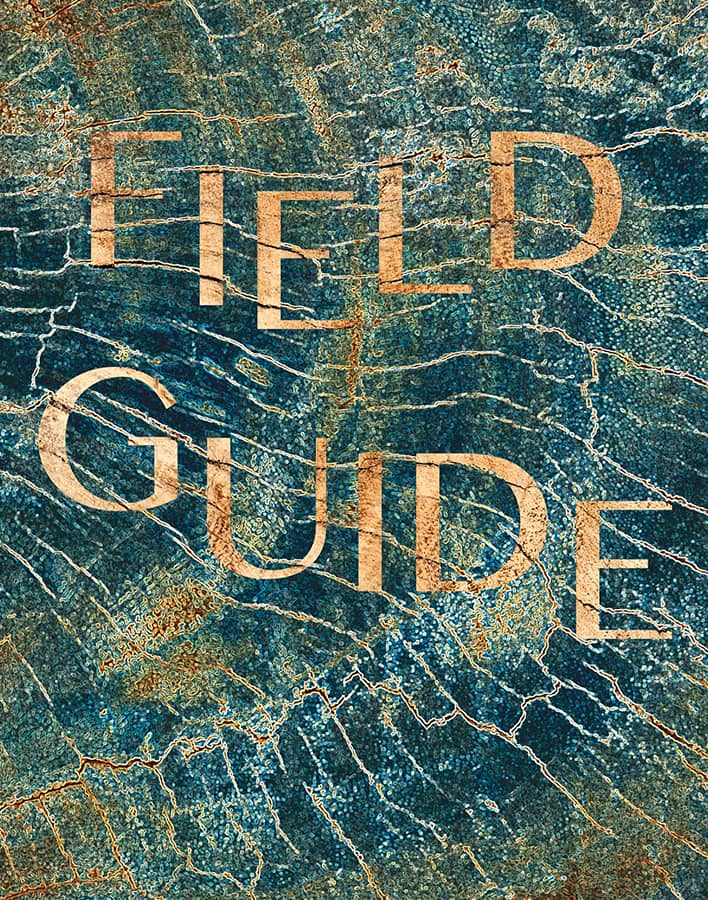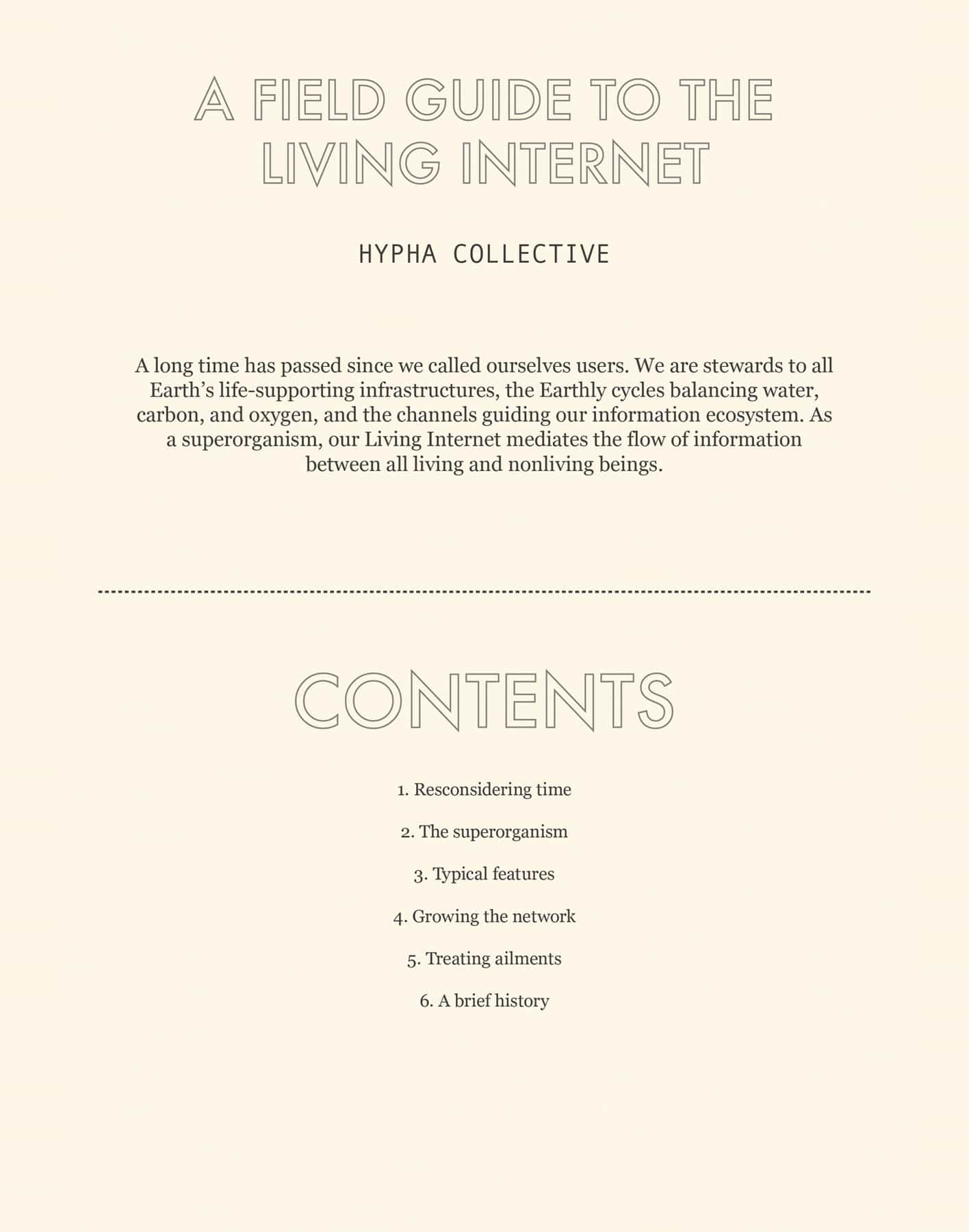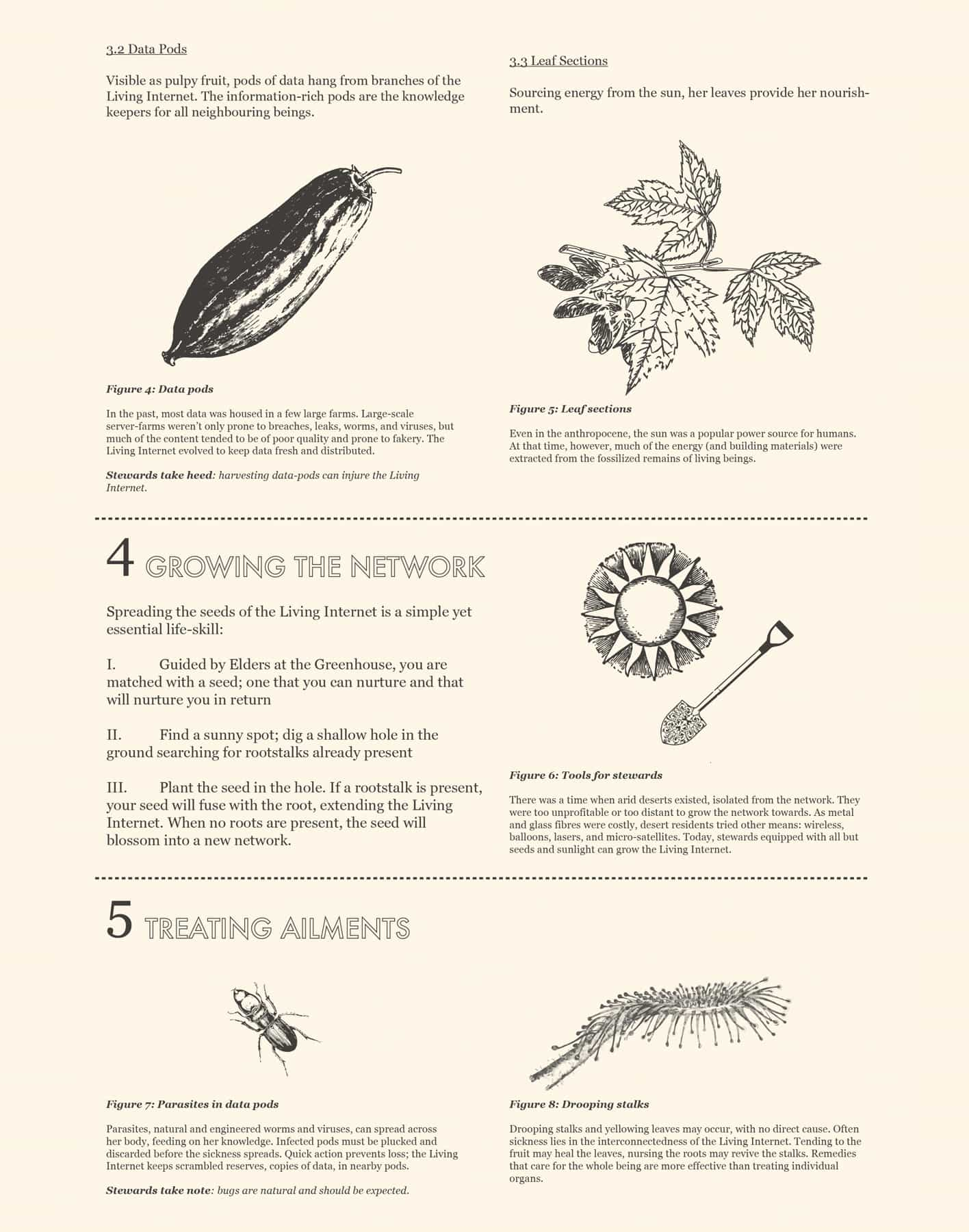On a recent trip back to India, where I grew up, I learned about a unique local infrastructure.
In the forested hills of the Northeastern Indian state of Meghalaya – known as the home of the clouds – the isolated Khasi community has been engineering botanical infrastructure for generations. During monsoon season, gorges weaving through the valley swell up with rainwater, isolating the villages that dot the valley. Meghalaya is one of the wettest parts of the planet, receiving almost 500 inches of rain a year (in contrast, London averages less than 25 inches annually). Not able to withstand the constant rain and humidity, bridges and dams rapidly succumb to rot and wear. Centuries ago the community found a sustainable solution to connect the villages: a network of living root bridges grown over the gorges.
Ficus elastica, Indian rubber trees, grow abundantly in Meghalaya. To the rest of the world they are known for their latex, the milky liquid under their bark which can be harvested and processed into rubber. The Khasi community, however, value the trees for their buttressing roots which are manually interlaced and trained to grow into bridges. Growing at their natural pace, the living root bridges can take many decades to become usable, so the effort of coaxing the roots from one escarpment to the next requires foresight and cooperative planning beyond the life of individuals. And the living bridges continue to strengthen as they age, long after they first become functional. Nurtured by multiple generations of people, they thrive, interlinking villages across the valley.
This speculative piece considers what it might be like if the internet was a living entity
Inspired by this symbiotic arrangement between people and forest, this speculative piece considers what it might be like if another infrastructure was a living entity – the internet. Academics, designers, and systems thinkers have routinely applied ecological concepts to the internet. Even in common discourse, we borrow words like “ecosystems”, “growth”, and “evolution” in reference to its complexity and dynamism. In this piece, I break all walls separating infrastructure and ecology to imagine what it would be like if the internet truly was a part of nature.
The internet is oxygen to our society
The internet is oxygen to our society. From transportation and communication to food and energy, government and business, to art and entertainment, it is foundational to our contemporary lives. As the internet becomes essential to our very nature, are we capable of assuming the responsibility for its continued survival? How do we navigate the incomprehensible system of interdependencies when they only surface as tense trade-offs between economics and ecology; efficiency and equity; cooperation and innovation? If we are to become fully reliant on the internet, can relating it to a living being clarify the moral choices we have to make? To put it simply, can envisioning what a healthy living internet looks like enable us to reconsider the social, technological, and environmental conditions that help it – and us – flourish?
Imagining the internet as a long-lasting natural system is also an opportunity to overcome our bias for short-term thinking. Quarterly revenue cycles and shrinking attention spans seem to dictate the trajectory of the internet. Capitalising on the short term advantage of user data and attention, platforms have jeopardized the long-term health of individuals, institutions, and our environment. Offering to “bring the world closer together”, as Facebook puts it, they have systematically divided people into market segments and political tribes. A universal network splintered into a mess of disjointed platforms and disenfranchised user bases by a handful of corporations seeking profit and power.
Can envisioning what a healthy living internet looks like enable us to reconsider the social, technological, and environmental conditions that help it – and us – flourish?
The accompanying eco-speculation is an excerpt from a fictional field-guide on how to grow and care for the Living Internet. It’s a clipping from a leafy-green future where genetic, digital, and nano-technologies have converged, empowering ordinary people to grow digital networks with the same ease as that of growing plants. In this scenario, below the cities, oceans, and forest floors, genetically-engineered plants have merged their roots into a universal network. The network absorbs materials and nutrients from land, water, and air to grow new information pathways, powers itself from ambient solar radiation, and restructures itself to accommodate the shifting needs of its residents.
Although this vision may be perceived as radically optimistic, it is neither a prediction nor necessarily a preference. Rather, it’s a playful provocation. Why and how might a Living Internet exist? How would our cultural, ethical, and spiritual relationship to such an internet evolve? What attitudes, practices, and behaviours would keep it healthy? How would it grow and how would it die?





